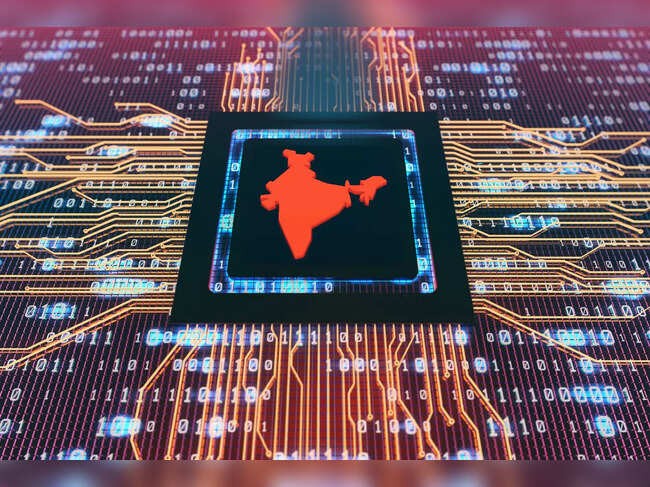



Trump’s policies, including tariffs and Fed interference, spurred inflation fears and bond sell-offs, raising yields and shaking global markets. Developing economies face capital flight and currency pressure. In India, the bond market—comprising G-Secs, corporate, and green bonds—is regulated by RBI and SEBI, crucial for funding and investment stability.

Copyright infringement not intended
Picture Courtesy: THE HINDU
Trump's economic policies shake global bond markets, triggering inflation fears and capital shifts.
Bonds are financial instruments that promise a fixed return (face value) at maturity, issued by governments, corporations, or institutions.
Unlike equity, bonds offer lower risk with predetermined returns. The price of bonds in the market is inversely related to yield—when bond prices fall, yields rise.
Two major factors affect bond values:
|
"If investors sense inflation to be high in the future, they know that a Central Bank dedicated to combating inflation will raise rates in the future. These perceptions will impact the market immediately, as investors bid down the price of bonds, raising yields." |
Tariffs cause inflation in the short term by:

For the U.S. Economy
For Developing Economies
For Global Financial Markets
The Indian Bond Market is a crucial segment of the financial system where government entities, corporations, and financial institutions raise funds by issuing bonds. Investors provide loans to the issuers and, in return, receive periodic interest payments and principal repayment upon maturity.
Structure of the Indian Bond Market
Primary Bond Market
In the Primary Market, new bonds are issued by the government, corporations, or financial institutions to raise capital.
Secondary Bond Market
In the Secondary Market, previously issued bonds are traded among investors.
|
The Reserve Bank of India (RBI) regulates the government bond market. The Securities and Exchange Board of India (SEBI) regulates corporate bond markets. |
Must Read Articles:
Source:
|
PRACTICE QUESTION Q.Critically evaluate how the US-China trade war has reshaped India’s role in global supply chains. In your opinion, what strategic opportunities and challenges does this geopolitical friction present for Indian industries? 250 words |








© 2025 iasgyan. All right reserved